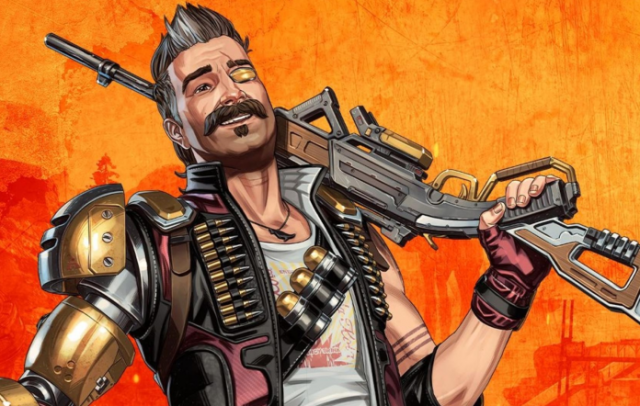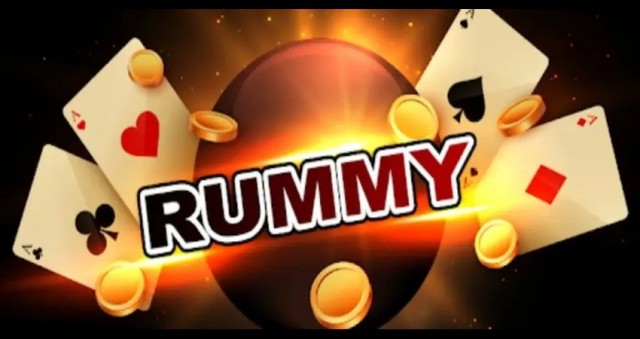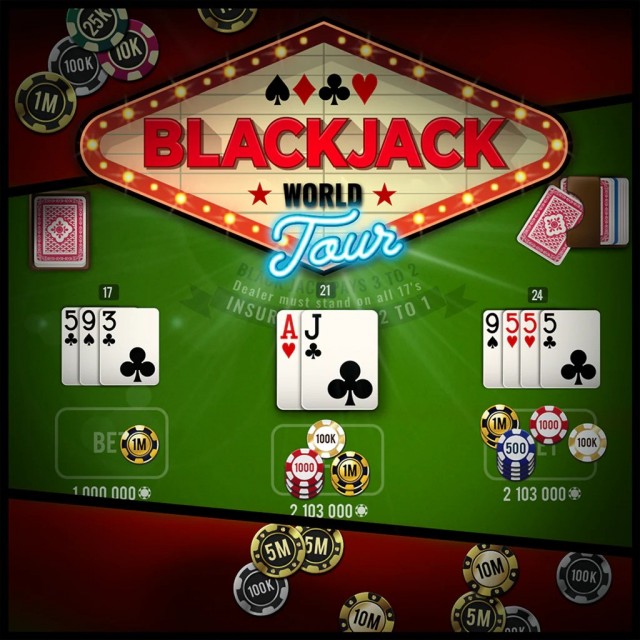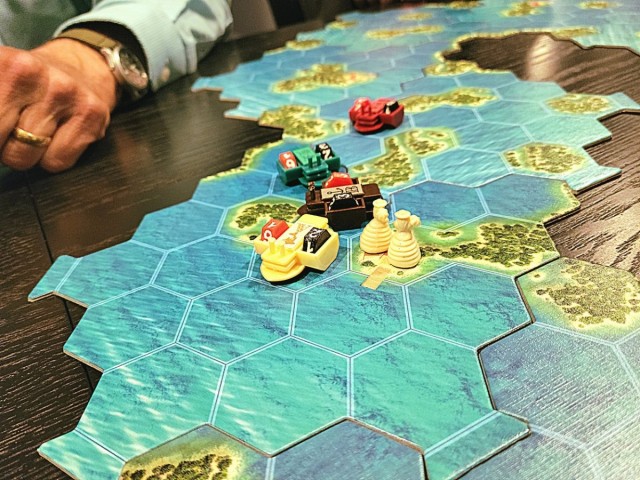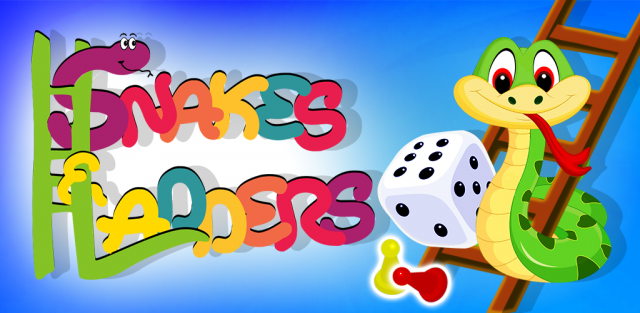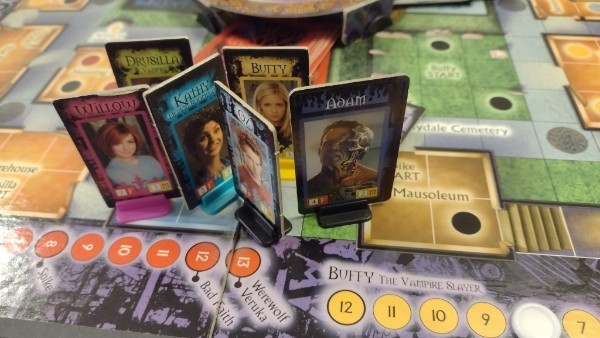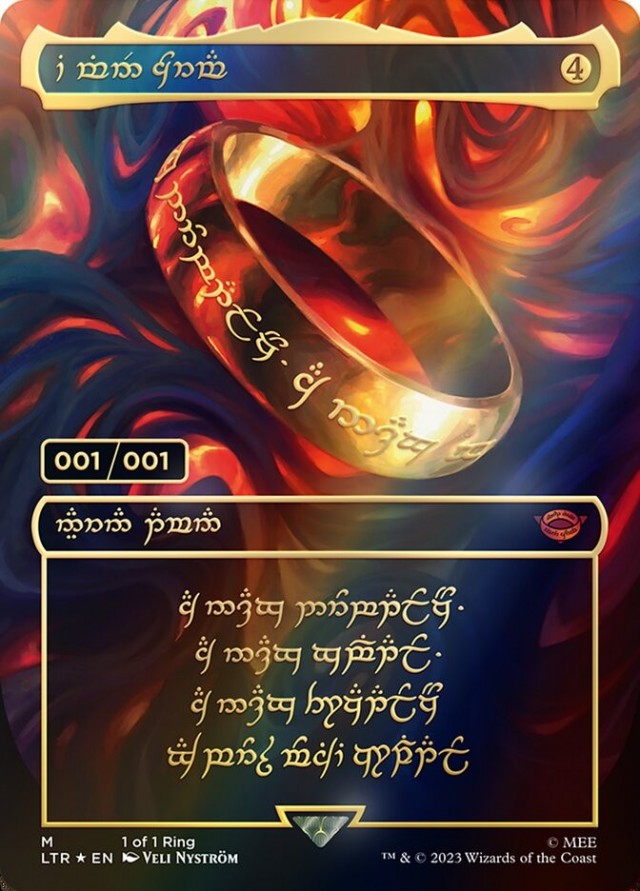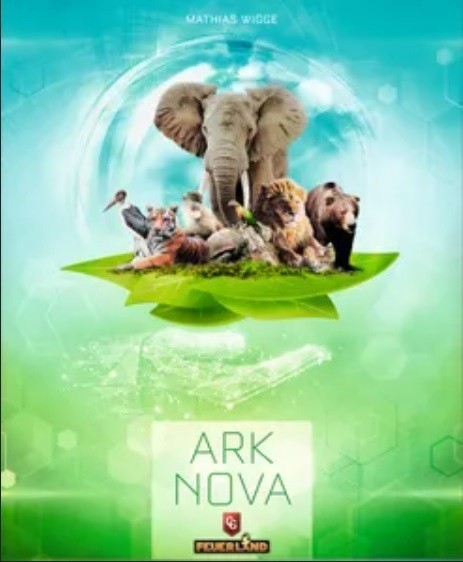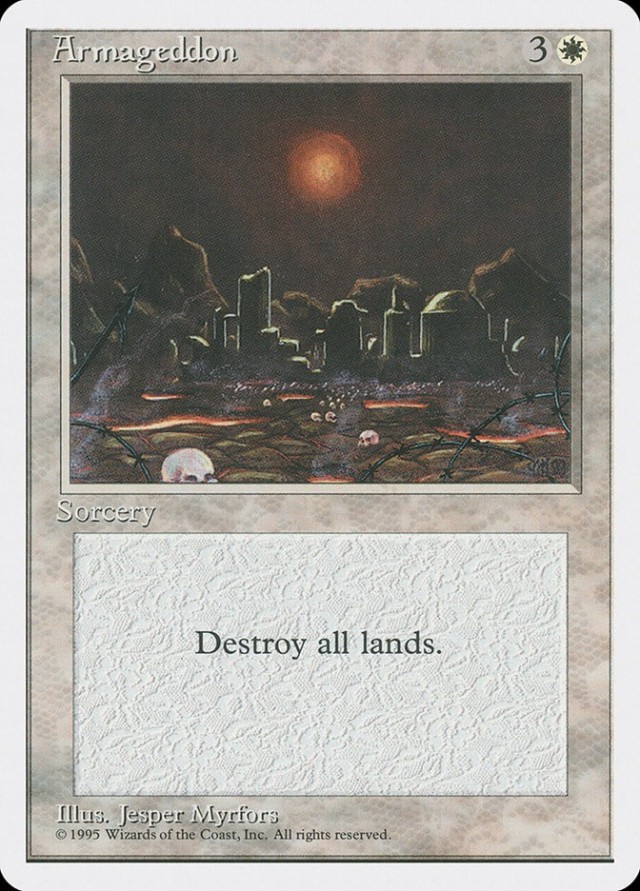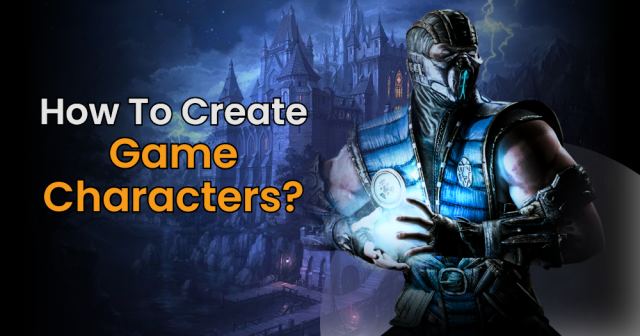I've decided that it might be interesting for people to read about how I, initially, came up with some of the concepts and nuances of SEAL Team Flix, and then how Mark and I finally came up with the concepts behind the final product.
Back during Trashfest maybe 2011ish, the one at Avery's house, I was talking to Zev (of Z-Man then, now Wizkids) and he approached me about looking at a game design someone had done which was horrible, but whose core concept of a military skirmish game intrigued him. He had said that Avery looked at it but couldn't do anything with it. I told him I'd be happy to take a look at it, and asked him what he wanted. He, essentially, wanted an analog version of something along the lines of a first person military shooter. I immediately had some ideas on how to do that, and many of them made it into the final game, albeit in different ways.
A few weeks later, I received the game, and found out just how awful it was. I played one game of it and that game took almost four hours. It was ultra-detailed, loaded with extraneous garbage which slowed down the game and, ultimately, went right back into the shipping box. I knew I'd have to start from scratch, and so I needed a name: Warfighter QRT (Quick Response Team).
I started working on it, and took about a year to develop the first working model. It originally had seven Islamo-fascist enemy types (Grenadier, RPG, Elite, Militia, Mastermind, Sapper, and Heavy Gunner) which all had unique abilities, and an AI system of dot-to-dot movement on a grid board which was riddled with dots on specific grid intersections. The idea is that there would be a die roll and those bad guys would move towards the closest Warfighter to them the resulting number of spaces. These were 15mm pewter miniatures mounted on, ironically, the carrot token from Z-Man's original version of Agricola. The entire game was based on die rolls and seeking objective tokens.
The "terrain", at this point double-sided tokens, were destructible and could take X hits before being removed. In retrospect, if I had my druthers, I'd have tried harder to convince Zev to include a sticker sheet (which we wanted but got cut from the final game) with stickers for the terrain which had a crate on one side, and a damaged crate on the opposite face of the block so that some cover was harder than others. If the game gets an expansion, expect this to be in it.
There were all kinds of kit in this version, many of which made it to the finished product, but in this nascent version there were no specialties, and each player had his own unique character powers and weaknesses. The characters were much more varied, and the skills progression system was such that for X kills, you'd gain a rank token which could be used to buy specific skills, such as higher rates of fire (more dice), faster movement, and breaking some rules of the game such as carrying heavier weapons for characters whose weaknesses disallowed them to carry heavy objects.
As it turns out, the game was pretty fucking awful. The AI was not horrible but it was fiddly and took a while because of the vast number of them. The dice system worked really well, and the player powers were cool. I must have played this version of the game fifty times, at least, tweaking it and adjusting it. The fatal flaw, however, wasn't gameplay, it was the leveling mechanism. It seemed like three of the powers were continually bought, and all related to how often you could fire or how many dice you got to toss. I had made a game that was too easy to min-max, and while not broken, it was so weighted toward that it was basically a one trick pony.
I continued on for a few more years, developing an easier AI, more weapons, and doing more research on legitimate military tactics. I also studied hundreds of publicly available floor plans trying to make map making a little easier, which didn't really help and, after much deliberation, was mostly a waste of time. My life then got a little complicated, so I shelved the project for a few years, perhaps, and spent most of my time thinking about it and writing notes rather than developing it.
After a while and a few conversations, I ended up partnering with Mark. Initially I had worried that my "reputation" at BGG would be such a detriment that I needed a "face" to help push the game and take the spotlight off of me and put onto the game. I didn't think I'd get a fair shake from the reviewers, and people that I'd pissed off back in the day would have a field day. I didn't want to do that to Zev and ruin his investment. That said, I was quickly of the mind that my initial ideas about Mark's role were vastly underestimating him. I never could have imagined how good of a partner he would be, and how crucial he would be to helping the game become what it is today.
Mark and I worked on the game further, but it was still very bad. We showed it to Zev at some point maybe three years ago and he gave us the look of what I can only imagine is akin to a child seeing a dead body. It was abundantly clear that it was a shitty game. He also didn't want to have Arab terrorists in the game, so I had to come up with some other bad guys. For about six months we started down the path of a crime game, where mobsters and their henchmen did bank robberies, but in the end, we really didn't like that setting and killed it off.
This is where God intervenes, sometimes, because I was looking for an image of a dog to send to a friend and I found this picture of two guys wearing balaclavas holding puppies, and I decided to develop a storyline about eco-terrorists. Not just any, though, a death cult which viewed humanity as a plague and their goal was to wipe out all of humankind. Luckily, it was mostly a drop-in replacement for the bones of the game, because any terrorist would want a nuke and bio-weapons.
We went back to the drawing board for a year or so, and game development became a near-daily thing in my head, with Mark and I speaking often about ideas, concepts, and mechanics. We, at this point, were still working with five unique enemies, unique character powers, and dice rolling. What we had solved, though, was that we needed to change from grid movement to area movement because of the nature of how I wanted AI to seek cover. I was adamant about the AI system and how to make Tangos act the way I believed they'd act in combat. Mark didn't argue too much on this point, mostly because I had done all of the military research, I suspect. The whole time, Mark was doing the note taking and card layouts, and I was doing all of the writing, illustrations, and prototyping so a lot of the workload for the "hard development" was on me, and it was time consuming, which delayed a lot because we didn't want to move onto the next "phase" of playtesting or development until all the old rules changes that we decided we loved were in the book.
The real turning point in the game design, however, was when he and I were at his house drinking beers and testing the game. I had just gotten off a week of marathon Crokinole playing and had tinkered with the idea of changing the game to a disc-based game because I felt it was more fun, but also, because it would even more closely tie into the idea of an "analog first person shooter"; those games are about skill and reflexes, and so making this completely non-deterministic AND killing randomness would tie into that. We started making protoypes on the backs of my old ones, using sharpies to develop the Office map into what it is today. We added some walls by shaving foamcore and pinning it to the board sheet, and it was magical. At some point during that play session, I had informed him that the name had to go, because another publisher had taken WARFIGHTER. Mark, an avid Tom Clancy video game guy, said it would be great if we could get a license and call it "Rainbow Six", because it had an existing name and fanbase. Almost like a lightning flash, I blurted out "SEAL TEAM FLIX". We were immediately agreed that it would be the final name. It was one of those magical moments in life.
So, now we had one map, we had some good bones of rules, and Mark had all of these cards. It was at this point we started actually developing the game you see now versus playing in the sandbox. One of the first things we did was discuss what was important to the setting, and then what mechanics would serve the setting while integrally tying into the theme. We decided that the player powers sucked, and to remove them. We also decided that there were "too many Indians and not enough chiefs" with regard to the enemy types, so we pared them down. Because mapmaking was my thing, I led that charge because the maps and enemy types were so integral. I wanted to have one very mobile, very "chasey" bad guy, and one guard who kind of stands around waiting so that I could place them at key points which would not allow SEALs to simply wait for a patrol to pass and then go stir up trouble. We both agreed that the Masterminds should stay, and I came up with the idea that they should buff those in the same area. It's worth noting that we still were talking about movement via areas, not on a grid. The patrol paths were basically little, numbered stars on the maps which told them where to go, and I positioned cover so that they would always be near the patrol stars. The game was playtested to death at this stage, with this one map.
Ultimately, I convinced Mark that we should be as simulatory as possible, and I then developed the idea of ranks and specialties, using the E-? pay grade designator. Beyond that, Mark added some of his own ideas to the weapons and kit, with his Breaching Charges, Dart Pistols, and Active Camo (which I hated then and hate now) and we then started trying to make each weapon unique. I already had the ideas for different sized discs meaning different things, so we just applied that to the weapons. Mark came up with the idea of tossing grenades, and that should have been obvious but it ended up being "that one thing" that made a lot of other things make sense. After some discussion, we reduced the discs from four types to three, and that presented a big problem for differentiation. Some guns got cut altogether, and the shotguns were on the way out, right up until we figured out that stacking the discs would be a good way to get "spread".
One of the things Mark and I discussed at length was that there were several things which sucked in the game, mostly revolving around resolution of tests. The time bomb and lockpicking was just kind of dumb and boring, so he came up with the idea of doing sideboards. The next day I had done artwork and mechanics on both, and after some refinement we decided that this was the way to go. Mark then came up with the idea of adding a sand timer to the tests. I wanted to have two, one short one for the bomb defusing, and another for the e-lock. He, rightly, convinced me that it was impractical. Down the road, after I developed a jungle map, which died due to complexity of manufacturing, so I thought, but in retrospect could have been bad ass, and an airport map, we came up with the sniper sideboards, mostly because I wanted to have an easier way to snipe the bad guys through the plane windows. After maybe 100 more games and playtesting, Mark asked me to develop a subway map, which I did, along with the other maps besides the Warehouse map, which I had come up with a long time prior in various iterations.
We then played a bunch more games individually, together, and over Skype to hammer out some more finer points. Because my group dissolved due to sickness and deaths, I was using my family, and on two occasions I paid four people 5$ at a local game store to blind playtest the game for me. That was some of the best 40$ I ever spent, because those guys pointed out some glaring flaws in the rulebook that Mark and I had missed due to lengthy immersion. I wish I'd have gotten their names, because I'd have loved to put them in the rule book credits as contributors. It's also worth mentioning that in all of the iterations that are close to what we now have, every single person, to the last, loved the game. Mark and I were more confident than ever that this game was going to be a massive hit, or if nothing else, well liked by those who did buy it.
During all of this, I developed a backstory to support the setting, expanded and developed the missions except one that Mark devised, and developed the branching campaign. I am a huge nut for campaign games, but what always bothers me is that every one I've ever played is a all-or-nothing, procedural affair. I came up with the idea way back during my love affair with Strange Aeons, where I came up with a short branching campaign. I think that it will definitely set us apart from so many other dungeon crawls, which this game basically is, and also act as a touchstone for future game developers. I'm not claiming it's my idea, definitely, but I think I may be one of the first to integrate it into a tabletop campaign.
At this point, we put on the finishing touches and headed to Origins to meet with Zev. We showed him the game, played a scenario, and he appeared to love it. After a few months, we got a licensing contract and SEAL Team Flix was on its way to being a product that's in stores, right now.
One thing I learned about working with publishers and graphic artists is that you don't have a lot of control, because once the art is commissioned, you're kind of stuck with it, because it's not cheap. Josh Derksen was incredible to work with because his art style exactly mirrored the isometric, top-down view I was going for. As I've said before, and as you can see from my prototype images, I don't play around when it comes to making them. As it turns out, Josh is not only a bad ass artist, he's a capable engineer, because the wall design was perfect from the get go. We wanted to cut costs initially by doing double sided maps, and I came up with a peg-in-hole system which would have allowed discs to glide over the holes on the back side of a map, but in the end, Josh outdid me by a long shot with his wall and door system. My prototypes were all basswood sticks stapled and glued onto image-laminated foamcore, and he took that and made it into what I can only describe as a spectacular production.
Now, the final month before we handed it over to Wizkids was maddening. We had to edit every single line and word of the rules and campaign books. We had to look at every card, in triplicate. There were so many things we had to look at. Ultimately, there was a problem with the files that got sent to the printer, and the Sentry positions got left off of the map. I got the first pre-production copy after Zev gave it a once-over, and he noted that there were some issues, so I didn't think anything of the Sentry locations being missing. I didn't mention it. As it turns out, Zev and Josh had both missed it and, had I thought about it and not been so awash in the glee of the prospect of holding the only real copy of our game, I'd have mentioned it. As with all things in life, the details matter. Luckily, this is basically the only real error we've found, and we've been looking. Josh produced an errata document on BGG, and for any future owners of this game, I highly encourage you to use a sharpie or something and add them to the board so you don't have to refer to the document when you want to set up sentries.
All in all, it's been a great learning experience for me, and I hope that you fine folks enjoy the fruits of our seven years of labor. The fact that most of the people on this site know my tastes, and I still absolutely love this game, tells you all you need to know. I think it's a fantastic, novel, really remarkable game that is different from anything ever made. Barnes and I both hate "derivative designs" and so when I started this, and when Mark came on board, we wanted to create something "truly new". I don't know how close we came to that, but I think we're close enough.
 Games
Games How to resolve AdBlock issue?
How to resolve AdBlock issue? 